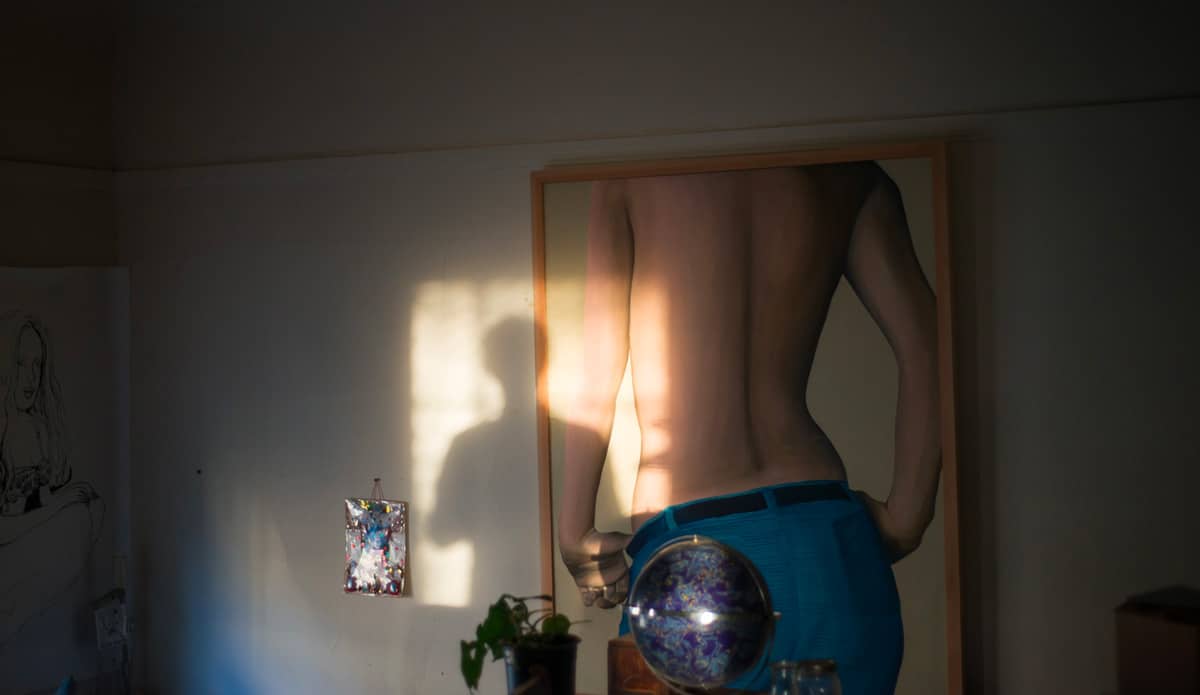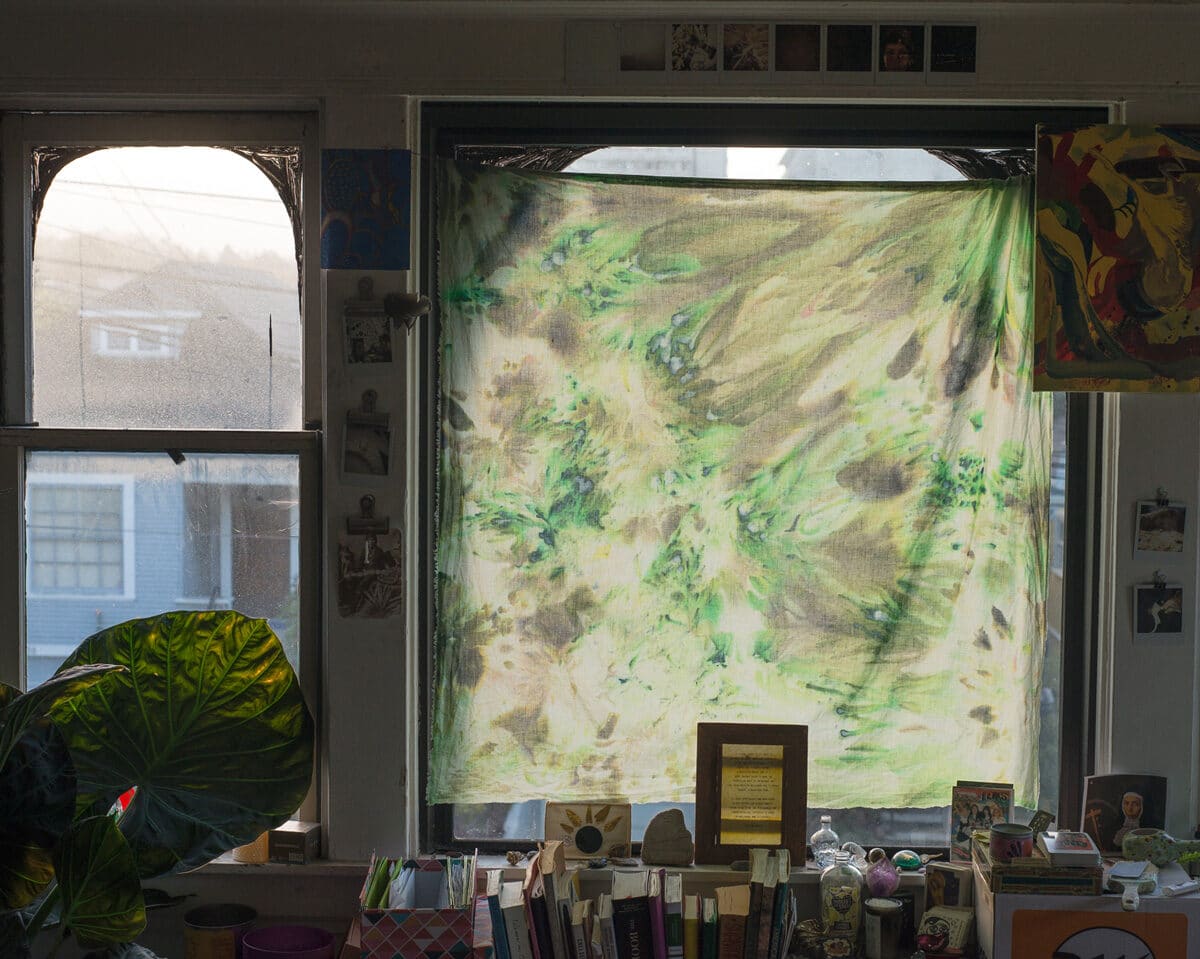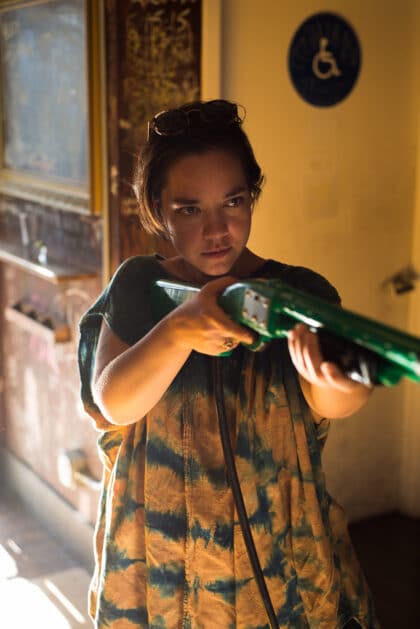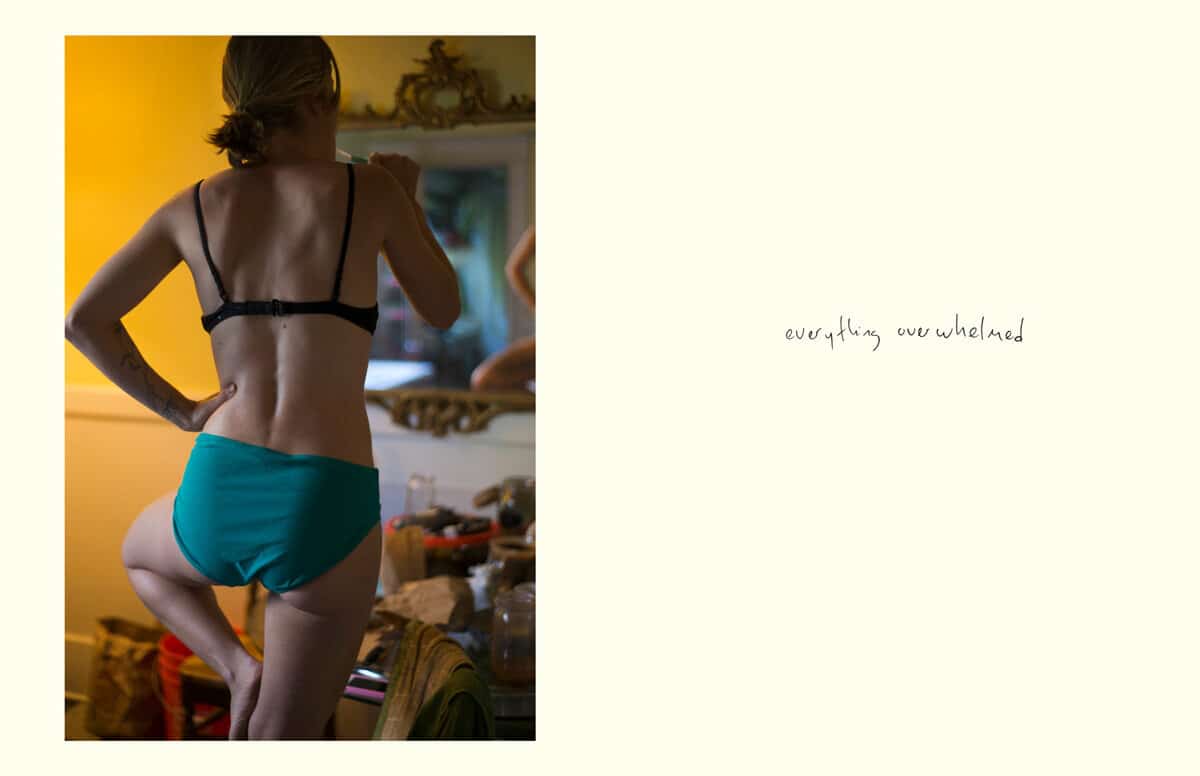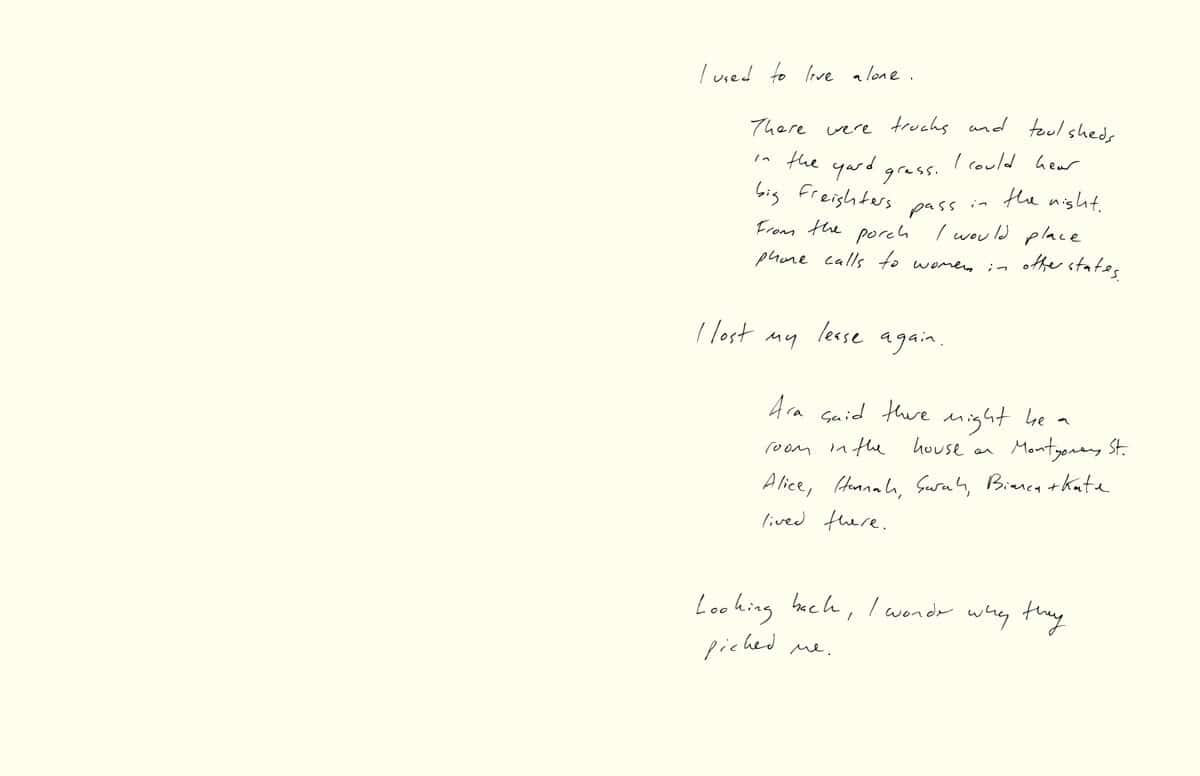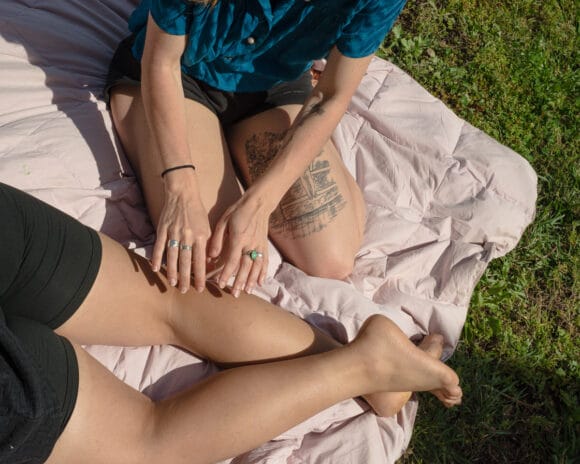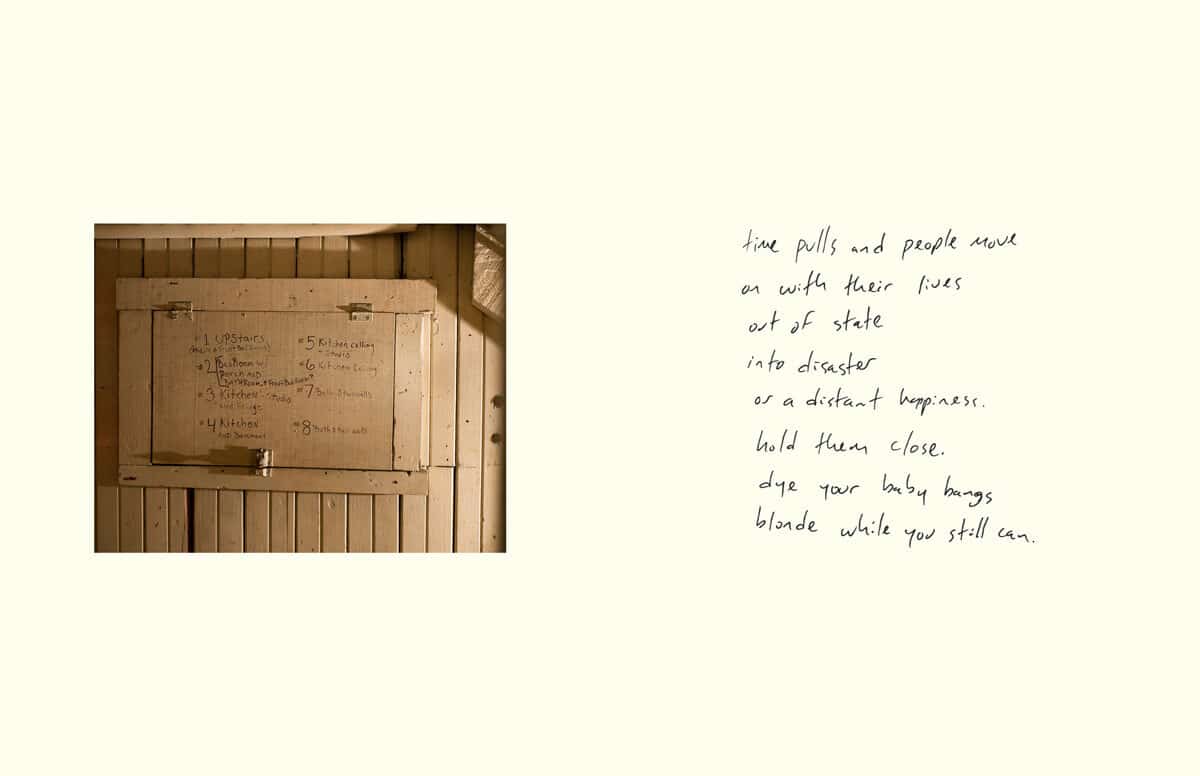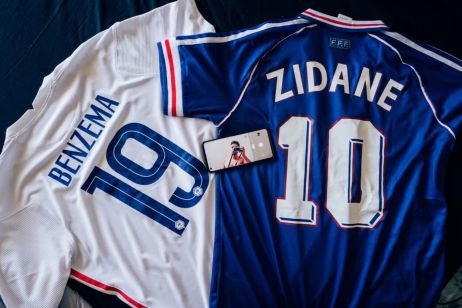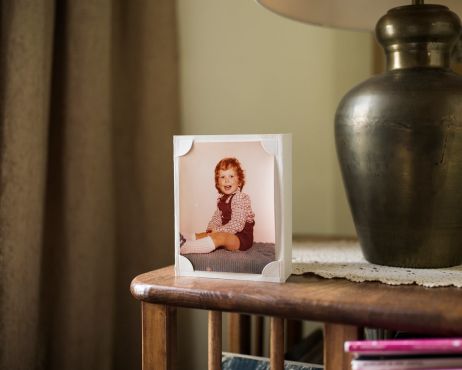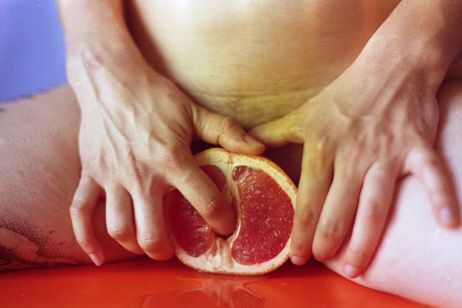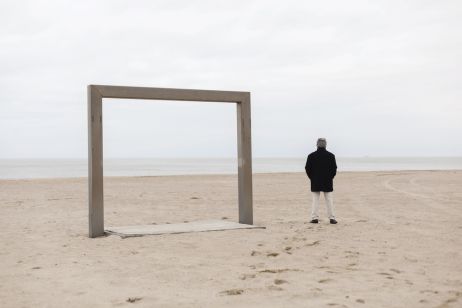Looking for a place to live, the American photographer Ward Long moved in with five women, in a house in California. A stay that deeply marked him. Punctuated by an unfailing creativity and a great complicity, his daily life is immortalised in Summer Sublet. A book mixing text and images to better capture a unique period, while questioning notions of femininity, relationships and identities.
Fisheye: Who are you?
Ward Long: I’m a photographer living in Oakland, California. I grew up in Los Angeles, went to school in the American South, and worked lots of weird jobs all over the country.
How did you get into photography?
I got into photography when I stopped going to class at the end of college. After an academic career of advanced placement exams and extracurricular enrichment activities, the camera gave me a license to waste time. I could take a long drive to nowhere in particular and watch the sun set behind a telephone pole. It changed my life.
What does the medium mean to you?
Photography is an attempt to hold on to things that can’t stay – to hours and days, to the people in the frame, to the thoughts in your head. It’s impossible, but there’s a real grace in the gesture. There’s so much detail and mystery caught in the frame.
Practically, I watch the light and try to stay present. I’ve made projects about cliff divers, about longing for home and the fear you’ll never find it, or even used cars in Jacksonville, Florida.
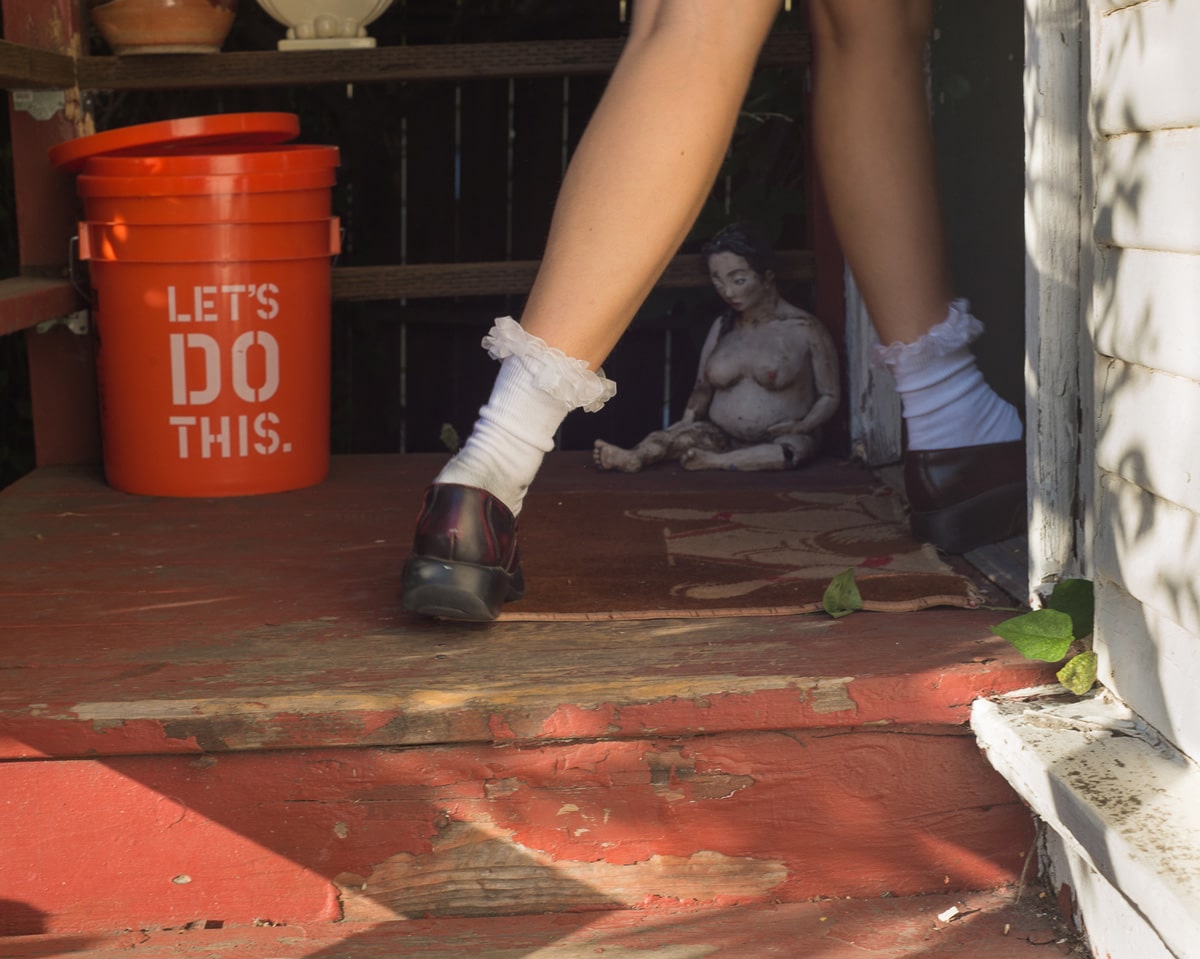
How was Summer Sublet born?
I used to live alone in a little house by the train tracks and the water. There were trucks and tool sheds in the yard, and it all felt very masculine and stoic and cool. Then the energy-healer-carpenter who owned the place kicked me out and turned it into an Airbnb. I needed a new place to stay, and a friend of mine said there might be an open room in the house on Montgomery Street.
So, I moved in with Hannah, Sarah, Alice, Bianca, and Kate. Looking back, I wonder why they picked me. I never had sisters. I felt so out of place, so conspicuously male. This book is about a time in life, a group of women, and the place that became my home.
Can you introduce us to your roomates?
They were gloriously undomesticated. I was overwhelmed by their restless creativity, their wild spirits, and their open hearts. They cooked together, mixed teas and tinctures, dyed fabrics in the backyard, made costumes for kids’ plays, wrote poems, and gave each other late-night tattoos with needles and pens. They read tarot, talked aura, charted horoscopes, and parked their dirt bikes in the basement. The everyday physical and emotional closeness completely flooded me. It was a special time; everyone was seeking something.
And to the house?
The house itself was by the women’s college and the art school. So many generations of roommates had lived there. All those people left behind mismatched furniture, unclaimed belongings, and unfinished art projects. It was a mess, but the place was imbued with all kinds of good vibes.
You mix texts with images in your book, why?
When I started to think about this group of pictures as a book, I wanted to recreate my experience for the reader. How could I convey the vulnerability, the wonder, the lightness that I felt? I cut up pieces and fragments of my journal and pasted them next to the pictures. Adding text was a way for me to acknowledge my presence in the frame as well as the limits of my understanding. I used my own handwriting, I wanted the words to feel urgent and intimate, like a letter to a friend.
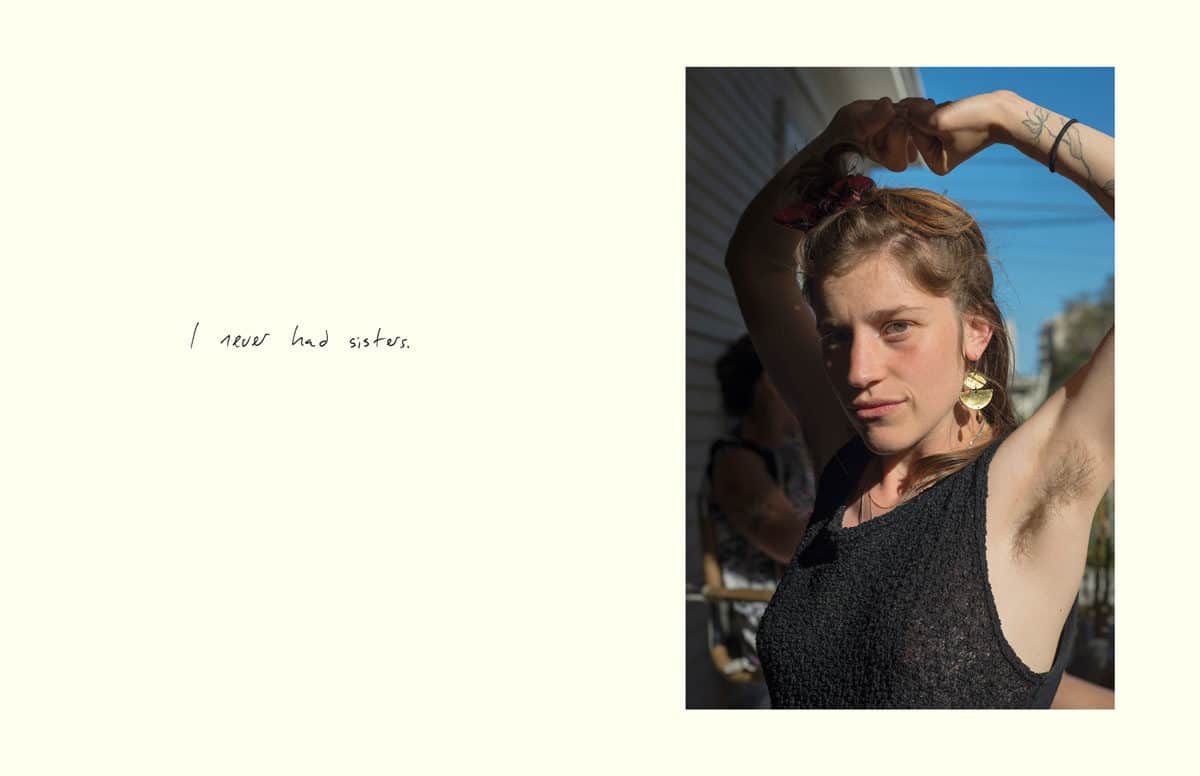
Your work also deconstructs the stereotypical relations between men and women…
When I told old friends that I had moved into a house of women, they reacted with lots of winks and nudges. It was light-hearted, but I found it depressing. Is romance the only kind of relationship possible between men and women? What a failure of our collective imagination.
As I was taking pictures, I was painfully aware of the terrible track record of men photographing women. The male gaze so often objectifies, sorts women into tired tropes, and denies them full agency and personhood. I wanted the pictures to make room for broader possibilities. My roommates were complicated, contradictory, and always in motion. I wanted to get as much of that in the frame as I could.
What is your vision of femininity?
One of the wonderful things about living in this time and place is that static ideas about masculinity and femininity are becoming more fluid. Given a supportive community, people are free to move between the two. The edges of those traditional gender categories are fraying, and that’s liberating for everyone. Instead of a fixed vision of women or femininity, I tried to cultivate an open space for all of the ways that my friends could be.
Has toxic masculinity influenced your project?
I moved into the house in the summer of 2016, just before the last American presidential election. There was so much senseless macho brutality on the news every single day. It was unrelenting and demoralising. Working with these pictures was a welcome respite from all of that.
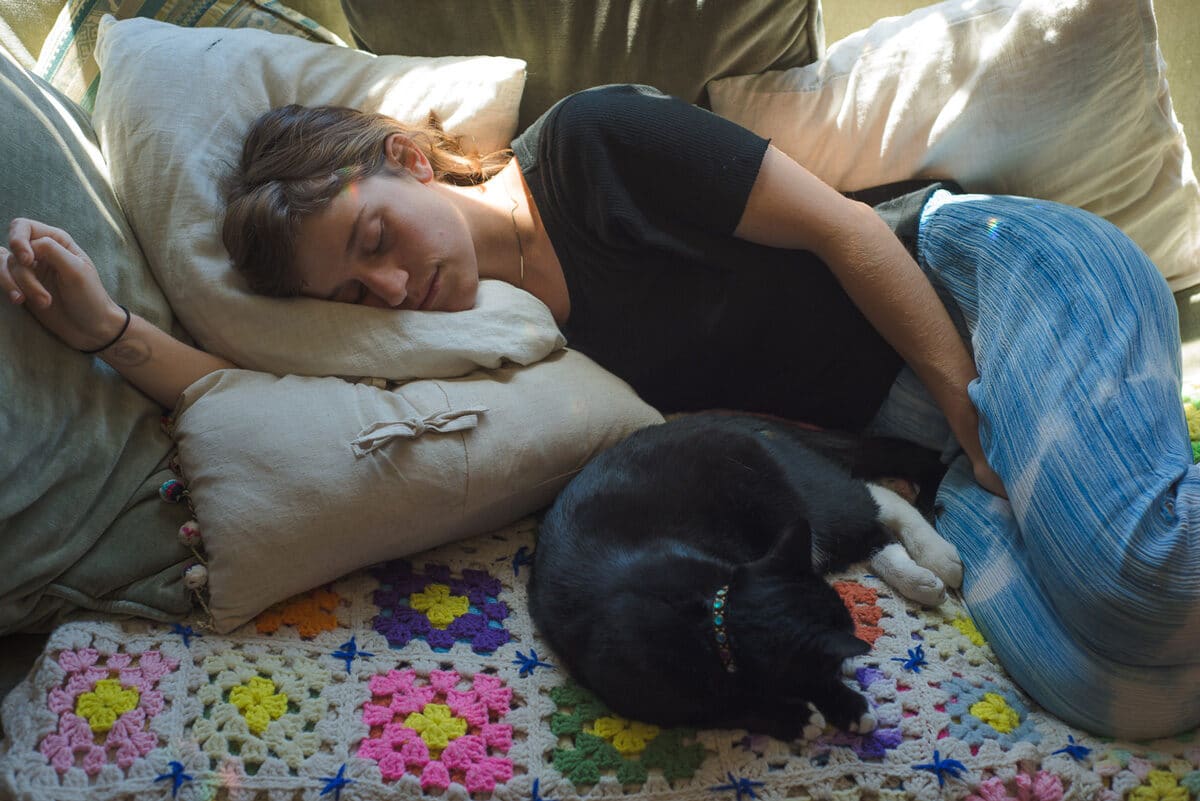
How did your roommates react to Summer Sublet?
As I was working on the project, I would show the pictures to my new friends and make prints for everyone. There was a real spirit of creative collaboration in the house at the time, and this ongoing participation was crucial to the process of making the book. I wanted it to be true to the spirit of the place and the time we shared together, and knew how easy it would be for the images to be misunderstood. When the book was finally printed and bound, I gave everyone a copy. That summer rushed back page by page, and we shared memories and new stories.
How has this summer changed you?
How does friendship change your heart? I’d like to think that I’m more open, more fearless, more myself. There’s a lot more tie-dye in my wardrobe, that’s for sure.
Were you inspired by any artists?
If I had to pick the parents of these pictures, I’d put together an odd couple of Californian artists: nun-teacher-prophet-of-radical-hope Sister Corita, and social-assemblage-artist-mystic-icon Wallace Berman. The books of writers Maggie Nelson, Marilynne Robinson, Sheila Heti, Hedi Julavits, and Leanne Shapton broadened my mind and helped me question my own ideas about gender, femininity, and the domestic. I also spent time looking at William Gedney’s archives just before I moved to Oakland, and his pictures of teenagers in San Francisco in A Time of Youth felt like a premonition.
How did the story end?
I was only supposed to be there for three months while Kate was on tour. She kept going, and so I stayed through the summer. In the fall, Sarah packed up her Subaru and moved back east. It meant that I could take her room. I was happy to have a more permanent place to stay, but it was the end of an era. Kate moved out next, then Hannah, then Bianca. I’m still here.
Summer Sublet, Deadbeat Club Editions, 50$, 80 p.
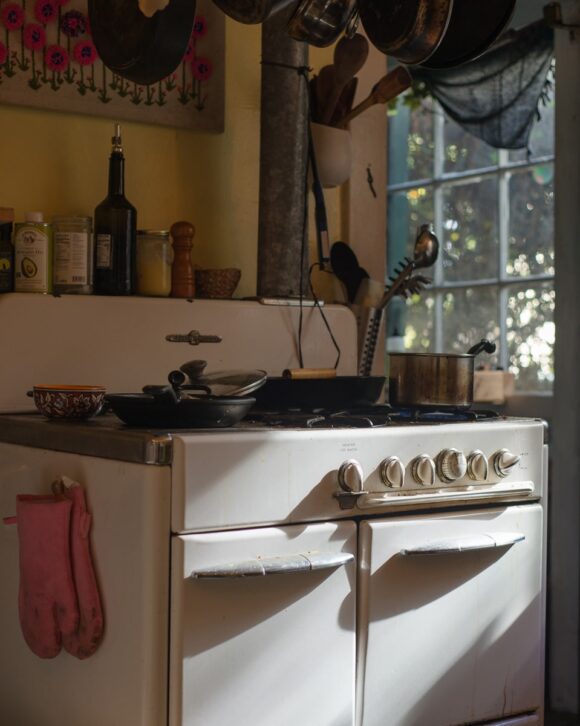
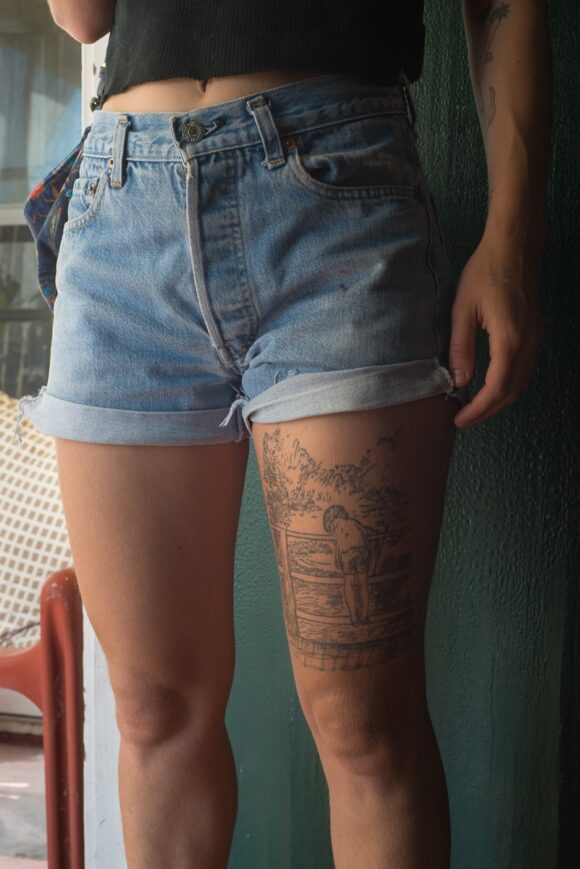
© Ward Long
